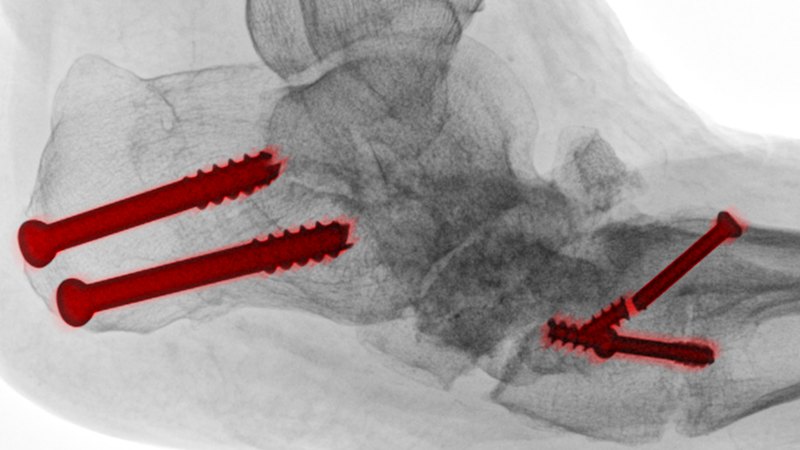
Podiatric surgeons in Australia will soon be known as “surgical podiatrists” following a review by the Australian Health Practitioner Regulation Agency (AHPRA). This decision, announced on October 5, 2026, aims to address significant confusion among patients regarding the qualifications and training of these practitioners.
The change comes after a joint investigation by this publication and 60 Minutes in 2023 highlighted serious concerns about patient safety. Reports indicated that some individuals suffered disfigurements due to procedures performed by podiatric surgeons, who are not required to hold a medical degree or undergo traditional surgical training.
Kristy Robson, chair of the Podiatry Board of Australia, emphasized that the new title will enhance consumer clarity. “This is an important step in giving consumers greater clarity and transparency around the practitioner they are seeing and their training and qualifications,” she stated. The transition period of 12 months will allow practitioners to adjust to the new title and make necessary administrative changes.
Despite the title change, some experts remain skeptical about its effectiveness. David Lunz, former president of the Australian Orthopaedic Association’s Foot and Ankle Society, argues that the term “surgical” still implies a level of expertise associated with surgery. He contends that calling practitioners “operating podiatrists” would be more accurate. “The term ‘surgical’ has the connotation of being a surgeon,” Lunz said, expressing concern that patients might still be misled.
The review led by Ron Paterson, a fellow at Melbourne Law School, examined data from AHPRA over a 13-year period. His findings revealed that complaints against podiatric surgeons were 8.8 times more frequent than those against specialist orthopaedic surgeons and five times higher than complaints against general podiatrists. Although Paterson acknowledged a “pattern of dissatisfaction,” he noted that this did not indicate widespread safety issues.
“There is some evidence that some procedures done by a small number of podiatric surgeons are not safe or of acceptable quality. Some patients have suffered significant harm,” Paterson found. His review underscored that many patients were alarmed to discover their podiatric surgeons lacked medical training, making the continued use of the title “surgeon” confusing and problematic.
The title change is part of a broader set of recommendations aimed at improving the regulation of podiatric surgeons. These include enhancing training, advertising practices, and transparency regarding prior complaints and medical negligence lawsuits. Paterson urged AHPRA to utilize a wider range of regulatory tools and to adopt a more stringent approach towards repeat offenders.
Following the release of Paterson’s review in March, the Podiatry Board of Australia conducted additional consultations, receiving 240 submissions from various stakeholders, including practitioners, patients, and insurers. AHPRA stated that the title modification aligns with the “paramount principles of the national law,” which prioritize public protection and foster community confidence in regulated health professions.
As Australia prepares for this significant shift in how podiatric surgeons are identified, many hope the changes will lead to improved patient safety and trust in healthcare providers.






